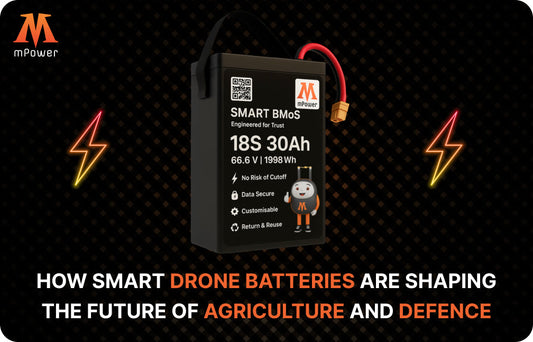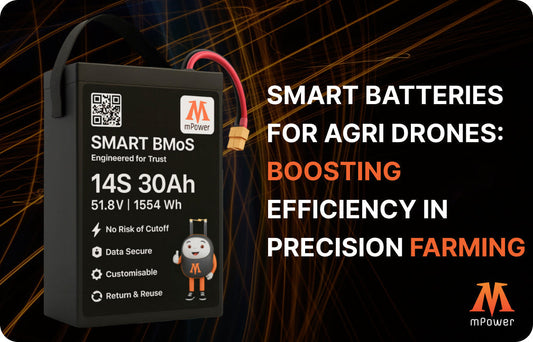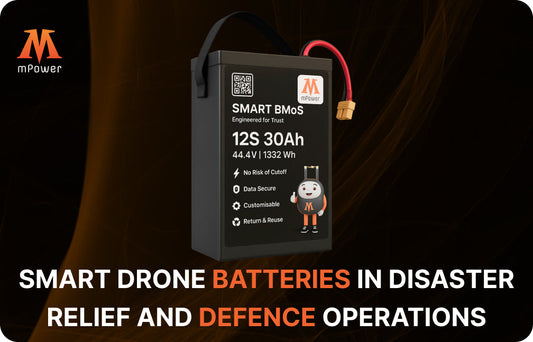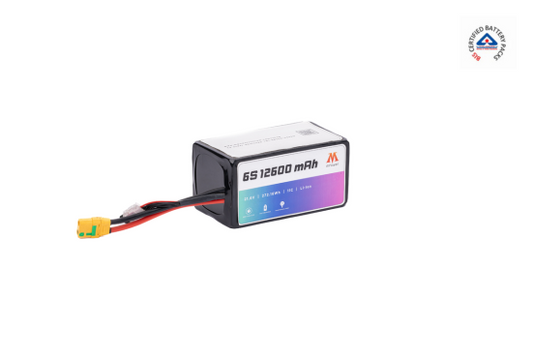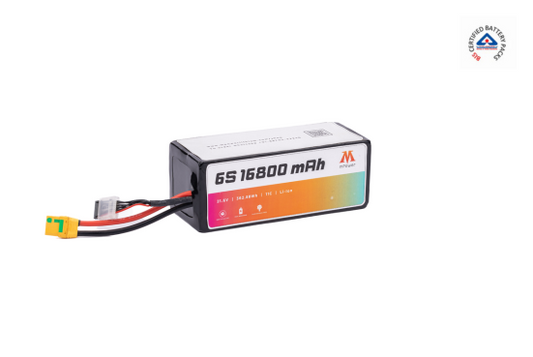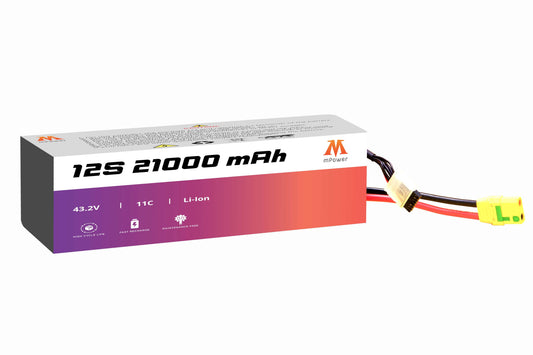
Drones are redefining the possibilities across industries—from delivering life-saving medicines in remote villages to capturing breathtaking cinematic shots. But while we often focus on their aerial agility and onboard tech, one fundamental component quietly powers every leap forward: the battery. As drone applications become more advanced and demanding, the need for smarter energy solutions is more critical than ever. Enter the imPower Smart Battery Monitoring System—a technological breakthrough that’s set to redefine drone capabilities. At the forefront of this innovation, mPower Batteries is pioneering smarter battery technologies that promise to propel drone innovation into an entirely new dimension.
The Power Behind the Propellers
Battery Management Systems have long played a role in lithium-ion battery performance, but recent advances have transformed these systems into intelligent platforms. Modern BMS are no longer just about preventing overcharging or overheating; they are data-driven, adaptive, and deeply integrated into the drone's flight control architecture.
An intelligent BMS can monitor individual cell performance, environmental conditions, and power demands in real time. It doesn’t just track the health of the battery—it actively optimizes it. This means drones can now fly longer, safer, and with more predictable power cycles. In industries where precision, reliability, and uptime are mission-critical, intelligent battery systems are rapidly becoming indispensable. But we at mPower have more than this to give your drone.
Intelligent BMS: Key to Extended Flight Time
One of the biggest limitations of drones has always been flight duration. Traditional lithium-based batteries offer a fixed energy capacity and rely on conservative safety margins to avoid risk. This often results in underutilized power potential. Intelligent BMS changes that equation.
By monitoring variables like temperature, current draw, and voltage at a granular level, an intelligent BMS allows drones to safely push performance boundaries. It balances energy across all cells, reducing waste and ensuring maximum power output throughout the flight. The system also adjusts to dynamic load conditions—for instance, when a drone shifts from hovering to high-speed cruising—resulting in optimized energy usage. However, this alone isn't sufficient—if the battery reaches its cut-off voltage, power supply to the drone is abruptly halted, leading to a sudden crash.
What Is the Future of Drone Batteries?
As drones evolve into more intelligent and autonomous machines, the supporting battery systems must evolve too. What is the future of drone batteries? It lies in smart monitoring system. Future-ready drones will not just “use” batteries—they’ll “communicate” with them.
We’re already seeing intelligent BMS platforms that integrate with cloud-based systems, enabling remote diagnostics and predictive maintenance. This allows operators to proactively service or replace batteries before failures occur, improving fleet reliability. Our Smart BMoS goes a step further by securely storing all data on dedicated in-house servers. In contrast, Chinese-imported intelligent BMS solutions often store data on external servers, posing a significant risk to data security.
For high-stakes sectors like disaster response or defense, where drone uptime can be the difference between success and failure, mPower smart batteries will be the backbone of dependable, scalable drone operations.
Safety and Compliance Take Flight
Safety is another area where smart BMoS delivers a competitive edge. With increasingly strict regulations around drone operations, especially in urban and sensitive airspace—battery safety has never been more critical. Smart BMoS with no cut off prevents your drone from crashing. It can identify early signs of thermal runaway, short circuits, or cell degradation, and take corrective action in real-time.
These systems also simplify compliance reporting by automatically recording data logs, fault events, and charge/discharge cycles. This not only helps drone operators meet regulatory requirements but also builds trust with stakeholders and clients by demonstrating a high level of operational control and safety.
Sustainability: A Hidden Advantage
Beyond performance and safety, mPower Smart BMoS also enables more sustainable drone operations. By extending the lifespan of each battery and reducing the frequency of replacements, operators generate less electronic waste. Furthermore, smart discharge and charging protocols help reduce energy consumption and improve recycling outcomes.
As ESG (Environmental, Social, and Governance) goals become central to many companies’ missions, these improvements are not just nice-to-have—they’re essential. mPower Smart BMoS allows drone companies to reduce their carbon footprint without compromising on performance.
mPower’s BMoS OutPowering the Chinese Intelligent BMS in Market
Intelligent BMS drawbacks:
- Sourced from Chinese manufacturers
- Data is stored on third-party or external servers, increasing the risk of data theft
- Equipped with a cut-off function, which can lead to sudden power loss and potential drone crashes
- Limited or no scope for customization to suit specific drone configurations
While conventional Intelligent BMS solutions dominate the market, they come with significant limitations that can compromise both safety and data integrity. In contrast, mPower’s Smart BMoS is engineered to overcome these challenges with a smarter, safer, and more secure approach.
Indigenously Designed & Developed:
Our Smart BMoS is a fully in-house, indigenous solution tailored for Indian operational conditions and drone requirements.
Secure Data Storage:
All data is stored on our proprietary servers, ensuring full control, privacy, and data security.
No Risk of Mid-Air Shutdowns:
Unlike conventional intelligent BMS that use a cut-off voltage (which can abruptly stop power flow and cause drone crashes), our Smart BMoS does not include this risky feature. Instead, it issues a real-time warning to the drone operator if voltage thresholds are exceeded—allowing time for a safe landing.
Flexible Customization:
At mPower, we offer customizable configurations ranging from 7S to 24S, ensuring compatibility with a wide range of drone models and mission profiles.
Conclusion
The future of drone technology doesn’t just lie in better cameras, smarter sensors, or sleeker airframes. It lies in how effectively these flying machines are powered and managed. Intelligent Battery Management Systems are rapidly becoming the silent driver behind drone innovation, enabling longer flights, safer missions, and more sustainable operations. Companies like mPower are leading this charge, building next-generation battery solutions that deliver not just power—but intelligence.
So, what is the future of drone batteries? It’s a future where energy is no longer a limitation but a competitive advantage—one powered by smart systems, real-time insights, and companies that dare to push the boundaries of what’s possible.





